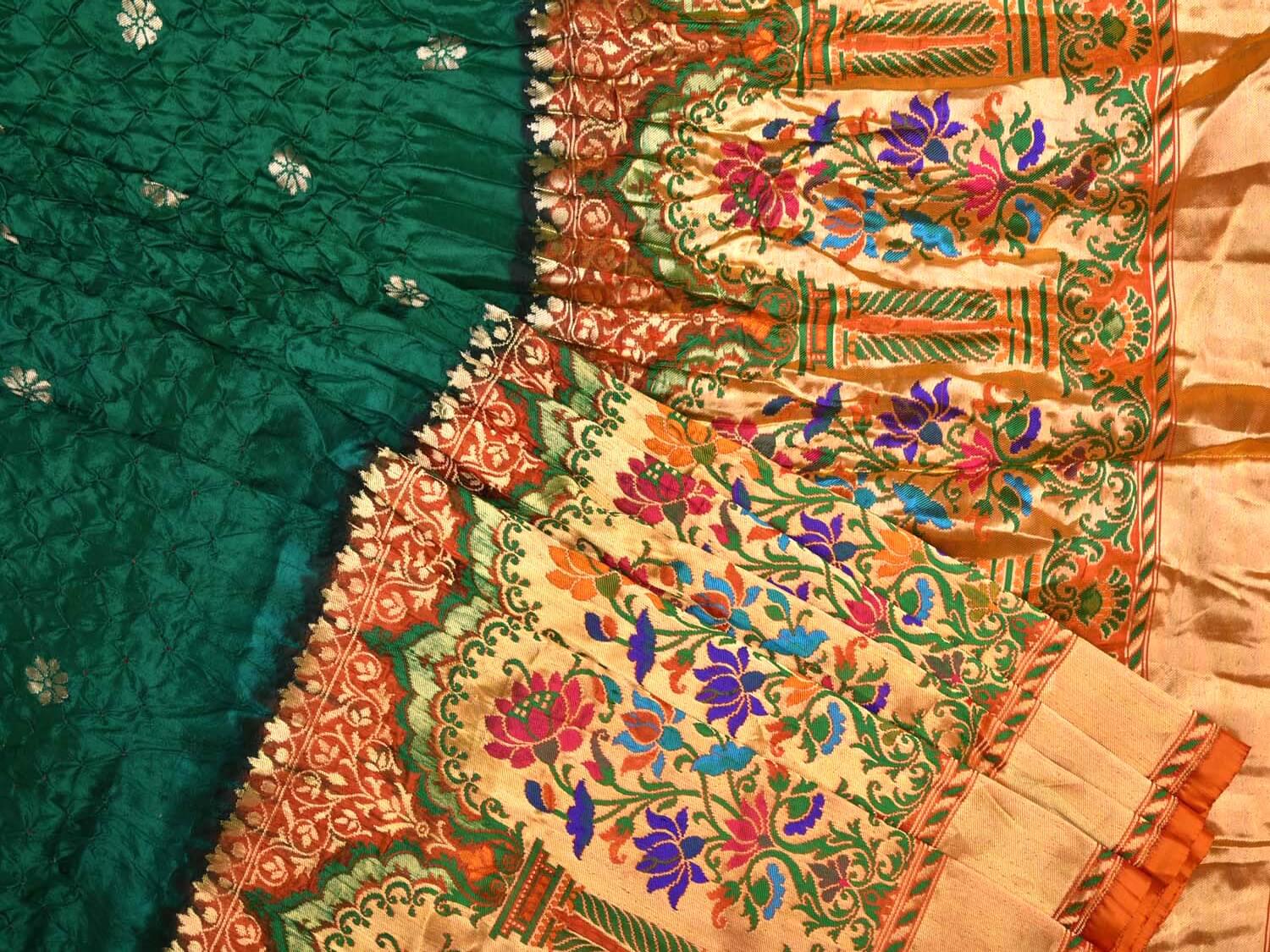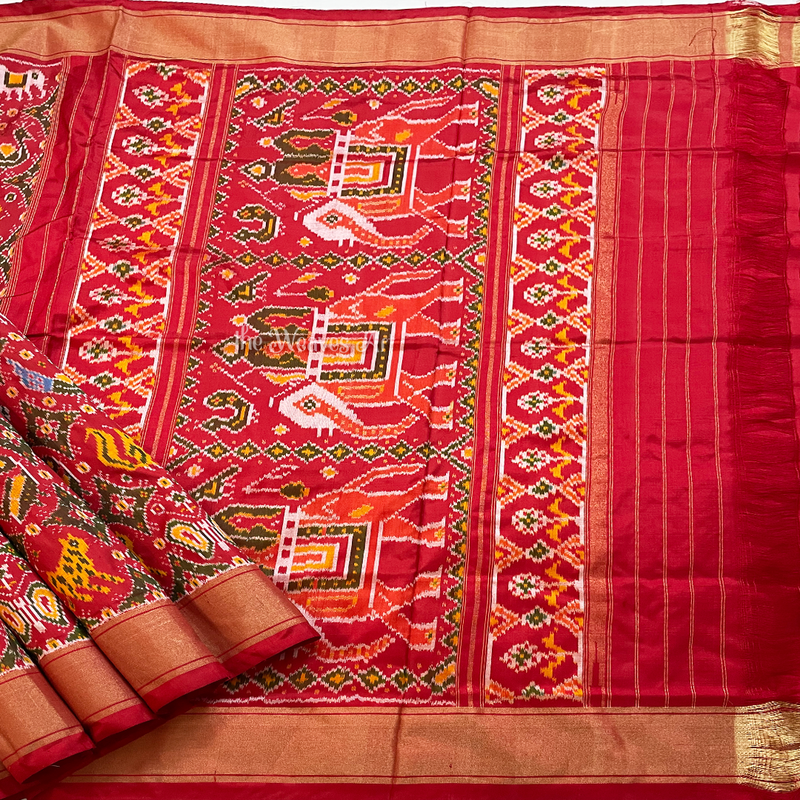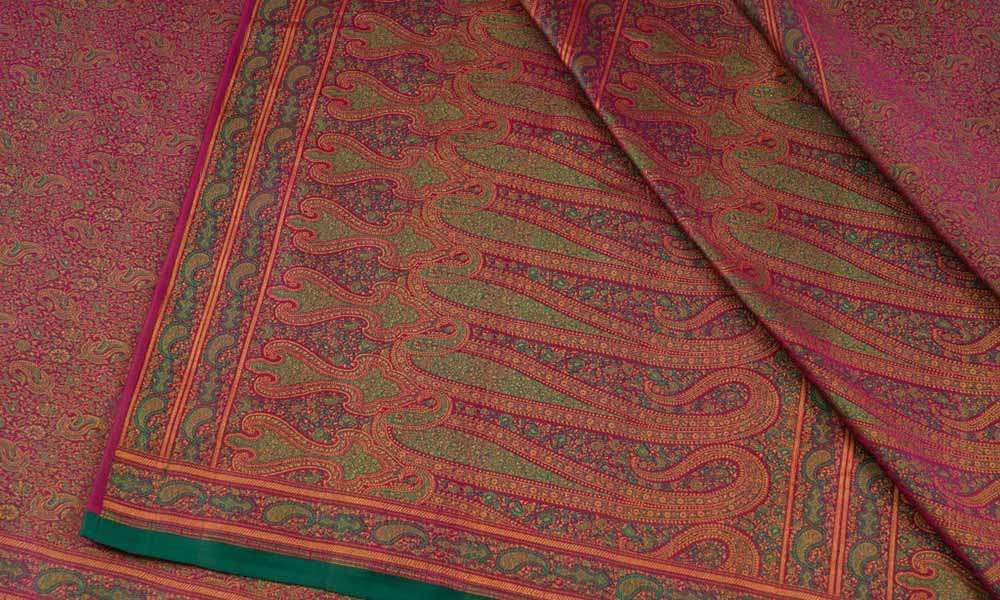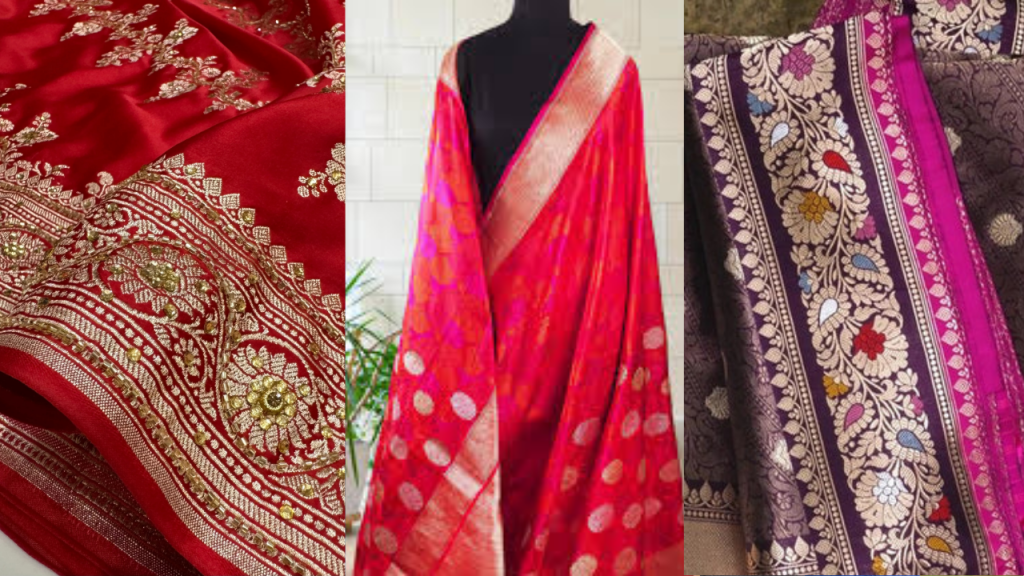India has long been known as the land of textiles, where threads aren’t just woven into cloth, but into cultural identity, craftsmanship, and timeless stories. Among the countless weaves and textiles India has gifted the world, a few stand apart for their opulence, intricacy, and price. In fact, some Indian fabrics today are more expensive than gold, not just in monetary terms but for the artistic legacy they carry.
Here’s a deep dive into 10 such magnificent Indian fabrics that have been treasured for centuries and continue to command premium prices today.
1. Kanchipuram Silk: The Epitome of South Indian Elegance
Origin: Tamil Nadu
Cost Range: ₹7,000 to ₹1.5 lakh and above per saree
Kanchipuram silk is often referred to as the “Queen of Silks” for its grandeur and cultural significance. Made from high-quality mulberry silk and real gold or silver zari, these sarees are known for their contrasting temple borders, bright colors, and durability. The weaving process is intricate, often requiring multiple artisans and weeks of labor, making it one of the most valued silk sarees in India.

2. Banarasi Silk: Varanasi’s Heritage Woven in Gold
Origin: Uttar Pradesh
Cost Range: ₹10,000 to ₹3 lakh
Banarasi silk sarees are a staple in every North Indian bride’s trousseau. Woven with intricate Mughal-inspired motifs using real zari threads, these sarees exhibit unparalleled craftsmanship. Artisans often take several weeks to create just one saree, making them a symbol of status and heritage.

3. Muga Silk: The Golden Glow of Assam
Origin: Assam
Cost Range: ₹15,000 to ₹2.5 lakh
Muga silk is unique to Assam and is produced by the endemic Antheraea assamensis silkworm. What sets it apart is its natural golden sheen and incredible longevity. It is so durable that it’s said Muga silk gets glossier with every wash and can last for generations. Because the silkworms feed only on specific plants, the production is extremely limited, increasing its exclusivity.

4. Paithani Silk: The Pride of Maharashtra
Origin: Maharashtra
Cost Range: ₹25,000 to ₹5 lakh
A true example of handloom luxury, Paithani silk sarees are woven using pure silk and metallic threads. The intricate peacock, lotus, and narali border motifs are iconic. Making one saree can take several months, especially those with complex designs. Paithani is not just a saree; it’s a symbol of Maharashtrian legacy.

5. Patola Silk: The Double Ikat Marvel
Origin: Gujarat
Cost Range: ₹50,000 to ₹7 lakh
Patola is among the rarest and most complex weaves in the world. What makes it unique is the double ikat technique where both warp and weft threads are dyed before weaving. Woven in Patan, these sarees are painstakingly handmade, and even a small error can ruin weeks of work. Royal families once wore Patola to signify affluence.

6. Jamawar Fabric: Woven for Emperors
Origin: Kashmir
Cost Range: ₹20,000 to ₹3 lakh
Traditionally woven with pashmina and real gold or silver threads, Jamawar was once exclusively crafted for Mughal royalty. Known for its rich paisley and floral motifs, today’s Jamawar shawls and fabrics continue the legacy using intricate handlooms. The process is laborious and artfully done, ensuring every piece is one of a kind.

7. Chanderi Silk: Light as a Feather, Rich in Tradition
Origin: Madhya Pradesh
Cost Range: ₹6,000 to ₹80,000
Chanderi silk is prized for its sheer texture and lightweight feel, making it ideal for festive and summer wear. It combines silk with zari and cotton, featuring motifs like coins, peacocks, and lotuses. What makes it expensive is the delicate balance of traditional design with contemporary wearability.

8. Himroo Fabric: Persia Meets Deccan India
Origin: Maharashtra
Cost Range: ₹10,000 to ₹1 lakh
Himroo is a blend of silk and cotton with Persian-style motifs, originally developed in Aurangabad. Once woven for the royalty of the Deccan, the fabric features floral and geometric patterns in brocade style. Himroo has become a heritage product due to its limited production and intricate weaving.

9. Tanchoi Silk: A Chinese Legacy Perfected in India
Origin: Gujarat
Cost Range: ₹10,000 to ₹1.5 lakh
Tanchoi silk, introduced by Chinese traders and mastered by Indian Parsi weavers, is known for its vibrant colors and dense weaves. The motifs, mostly floral and paisley, are woven without any floats on the back, giving it a satin finish. Today, Tanchoi sarees are rare collectibles and fashion statements.

10. Mashru Silk: The Blend of Faith and Fashion
Origin: Gujarat & Maharashtra
Cost Range: ₹5,000 to ₹50,000
Mashru combines the sheen of silk with the comfort of cotton. Originally designed for Muslim men who were forbidden from wearing pure silk, this fabric is silk on the outside and cotton on the inside. The weave is complex and rich, making it a favorite among contemporary designers and conscious fashionistas.

Why Are These Fabrics More Expensive Than Gold?
- Handcrafted Mastery: Each piece takes weeks or even months to complete.
- Pure Materials: Use of mulberry silk, gold zari, natural dyes, and traditional techniques.
- Cultural Heritage: Many of these fabrics were once worn by royalty and are deeply embedded in regional identities.
- Rarity: Decline in artisan numbers and complex production processes add to the exclusivity.
These exquisite Indian textiles are not just garments—they are stories woven in thread, symbols of centuries-old craftsmanship, and heirlooms passed from one generation to the next. As fast fashion rises, these handcrafted treasures stand as proud symbols of sustainable luxury and Indian heritage.
Whether you’re a bride, a collector, or a textile enthusiast, investing in these fabrics is like owning a slice of India’s timeless artistry.

